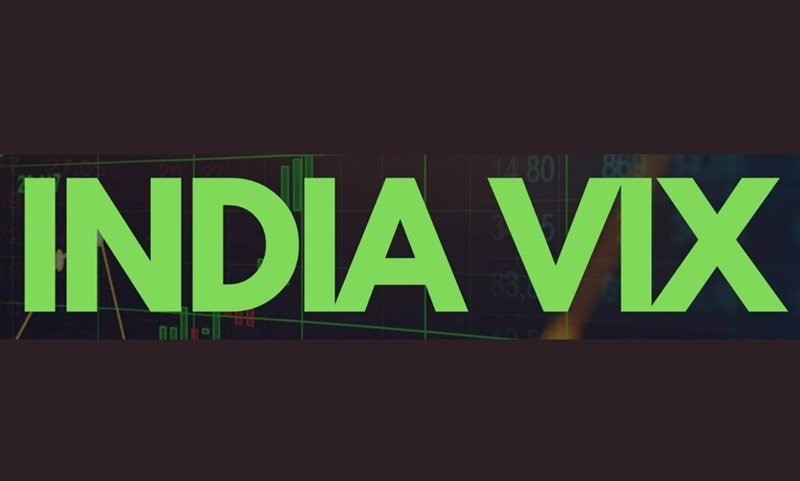
India VIX, often referred to as the “Fear Gauge,” is an index that measures the expected market volatility over the next 30 days in India. It was introduced by the National Stock Exchange (NSE) in 2008 and is based on the Nifty 50 index. The India VIX is a critical tool for traders, investors, and analysts to understand market sentiment and assess risk levels.
What is India VIX?
India VIX stands for India Volatility Index. It is a real-time measure of market expectations of volatility derived from the prices of Nifty 50 options.
- Volatility: Refers to the rate at which the price of a security or market index increases or decreases.
- Fear Gauge: Higher volatility often reflects uncertainty or fear among investors.
How Does India VIX Work?
The India VIX is calculated using the Black-Scholes model, which derives volatility from options prices. The formula considers:
- Bid and Ask Prices: Prices of Nifty 50 options in the near-term and next-term expiry series.
- Strike Prices: Various strike prices around the at-the-money (ATM) level.
- Time to Expiry: Time left until the options contract expires.
- Risk-Free Rate: The rate of return on a risk-free investment, such as government bonds.
The India VIX value is presented as an annualized percentage. For instance, a VIX value of 20 indicates an expected annual volatility of 20% in the Nifty 50 index.
Factors Affecting India VIX
- Market Sentiment: A bullish market often leads to lower VIX values, while a bearish market pushes VIX higher.
- Global Events: Political instability, economic data releases, and international crises can cause fluctuations.
- Corporate Earnings: Company-specific news and earnings reports impact investor confidence.
- Liquidity and Demand: Changes in the demand for Nifty options can affect the VIX value.
Importance of India VIX
1. Indicator of Market Sentiment
- A high VIX suggests increased fear or uncertainty, signaling higher market volatility.
- A low VIX reflects confidence and stability in the market.
2. Risk Assessment
India VIX helps traders assess the level of risk in the market and plan their strategies accordingly.
3. Hedging Decisions
High VIX levels encourage investors to hedge their portfolios against potential losses.
4. Derivatives Trading
Traders use India VIX to gauge the volatility premium in options pricing, making it a valuable tool for options traders.
5. Economic Barometer
India VIX indirectly reflects broader economic sentiment, making it a useful indicator for policymakers and economists.
How to Interpret India VIX
- Low India VIX
- Indicates calm and stable market conditions.
- Usually associated with a bullish market trend.
- High India VIX
- Indicates uncertainty or fear in the market.
- Often occurs during bearish trends or market corrections.
- Moderate India VIX
- Suggests balanced investor sentiment with no extreme emotions driving the market.
Example of India VIX in Action
During periods of major global events, such as the COVID-19 pandemic or geopolitical tensions, the India VIX tends to spike. For instance:
- In March 2020, during the COVID-19-induced market crash, the India VIX soared above 80, indicating extreme volatility and fear.
- During stable economic periods, the VIX generally remains below 20.
Risks of Relying on India VIX
- Short-Term Indicator: India VIX reflects short-term volatility expectations and may not indicate long-term trends.
- Overreaction: High VIX values can sometimes lead to panic among investors.
- Complexity: Calculating and interpreting VIX requires a solid understanding of options pricing and volatility.
How Investors and Traders Use India VIX
- Portfolio Diversification: Use VIX levels to decide on diversification strategies.
- Timing the Market: Traders watch VIX for entry and exit points based on market volatility.
- Hedging with Options: Use VIX to gauge when to buy or sell options for risk management.
Conclusion
India VIX is a vital tool for understanding market volatility and sentiment. While it doesn’t predict the direction of market movements, it provides crucial insights into expected market conditions. Whether you’re a trader looking to strategize or an investor aiming to manage risk, keeping an eye on India VIX can be incredibly beneficial. Always pair VIX analysis with other tools and fundamental research for well-rounded decision-making.




